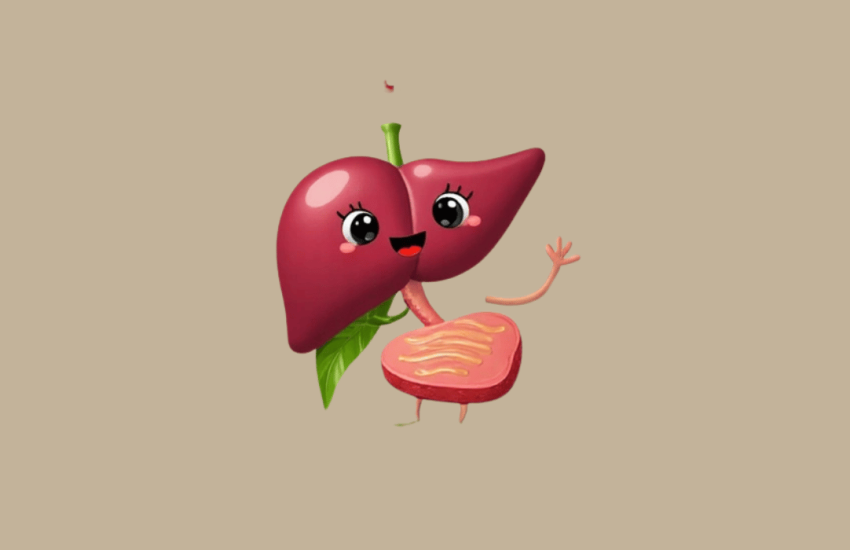Early Signs of Stomach Cancer: Symptoms, Risk Factors, and Prevention Tips for Early Detection
Stomach cancer, also known as gastric cancer, is a life-threatening disease that affects millions of individuals worldwide each year. Although the overall incidence is relatively low—approximately 7 people per 100,000 are diagnosed annually—the consequences are profound, with many patients facing a grim prognosis due to late-stage diagnosis. In 2017, for example, stomach cancer affected over 110,000 individuals globally, leading to a significant number of fatalities. This article seeks to explore the early symptoms of stomach cancer, provide an in-depth look at its nature, various forms, stages, and contributing factors, and emphasize the importance of early detection for better treatment outcomes.
What Is Stomach Cancer?
Stomach cancer develops when normal cells in the stomach’s lining undergo changes that cause them to grow uncontrollably. Over time, these abnormal cells form a tumor that can invade deeper layers of the stomach and spread to other organs, a process known as metastasis. The stomach is a vital organ in the digestive system, responsible for breaking down food and absorbing nutrients, so when cancer strikes, it can disrupt the body’s ability to function properly.
One of the key characteristics of stomach cancer is its slow growth. It may take years for symptoms to manifest, as the cancer typically originates in the mucosal layer—the innermost lining of the stomach—before advancing deeper into the wall and beyond, potentially affecting other parts of the body as it progresses.
Types of Stomach Cancer
There are several distinct types of stomach cancer, each originating in different parts of the stomach or involving different systems within the body:
- Adenocarcinoma: By far the most common form, adenocarcinoma accounts for about 90% of all stomach cancers. It usually begins in the stomach’s inner lining, where it can grow and spread to deeper tissue layers.
- Lymphoma: This type affects the immune system and makes up around 4% of stomach cancer cases. Lymphomas can be:
- Primary lymphoma: This starts directly in the stomach and may spread to other organs.
- Secondary lymphoma: This originates elsewhere in the body and metastasizes to the stomach.
- Gastrointestinal Stromal Tumor (GIST): GISTs are rare soft tissue tumors that arise from connective tissues in the stomach.
- Neuroendocrine Tumors (Carcinoid Tumors): These tumors develop from cells in the stomach that are part of both the endocrine and nervous systems.
Stages of Stomach Cancer
The staging of stomach cancer is essential for determining the extent of the disease and planning treatment. The TNM system is the most commonly used method, evaluating the following:
- T (Tumor): Indicates how deeply the cancer has penetrated into the stomach wall.
- N (Node): Assesses whether cancer has spread to nearby lymph nodes.
- M (Metastasis): Refers to whether the cancer has spread to distant organs.
Stomach cancer is classified into stages 0 through 4:
- Stage 0: Cancer is confined to the innermost layer of the stomach.
- Stage 1: The tumor has spread to deeper stomach layers.
- Stage 2: Cancer has reached nearby lymph nodes.
- Stage 3: Cancer affects multiple lymph nodes and may spread to other organs.
- Stage 4: Cancer has metastasized to distant parts of the body, often making treatment more difficult.
Risk Factors and Causes of Stomach Cancer
While the precise cause of stomach cancer remains unclear, several risk factors have been identified that increase the likelihood of its development:
- H. pylori Infection: This bacterial infection is commonly linked to chronic stomach ulcers and inflammation, both of which elevate the risk of stomach cancer.
- Chronic Gastritis: Long-term inflammation of the stomach lining can cause cell damage and increase cancer risk.
- Unhealthy Lifestyle Choices: Smoking, excessive alcohol consumption, and a diet high in processed meats, salty foods, and smoked items all contribute to the risk of developing stomach cancer.
Early Signs of Stomach Cancer
Detecting stomach cancer early can be challenging because its initial symptoms are often vague and can easily be confused with common digestive problems. However, some warning signs may point to the possibility of stomach cancer, including:
- Persistent Heartburn and Indigestion: Chronic discomfort in the upper abdomen, particularly after eating, could signal an underlying problem.
- Nausea and Vomiting: Vomiting, with or without blood, can be a serious indicator.
- Loss of Appetite: A noticeable decrease in appetite, often accompanied by unintended weight loss, is a common symptom.
- Stomach Pain and Bloating: Unexplained pain or a feeling of fullness after eating could suggest something more serious.
- Unexplained Weight Loss: Sudden, unexplain
ed weight loss without dietary changes or increased activity may be a red flag.
- Fatigue: Anemia, caused by blood loss from the stomach lining, can result in fatigue and weakness.
Other potential signs include:
- Difficulty Swallowing: The sensation of food getting stuck in the chest or throat is often associated with more advanced cancer.
- Constant Fatigue: Feeling persistently tired due to the body’s efforts to cope with the disease.
Prevention and Lifestyle Adjustments
While it is not possible to fully prevent stomach cancer, adopting certain lifestyle habits can reduce the risk:
- Quit Smoking: Smoking is a well-established risk factor for stomach cancer, and quitting significantly lowers this risk.
- Adopt a Healthy Diet: Eating a balanced diet with an emphasis on fresh fruits, vegetables, and whole grains, while cutting down on processed meats and high-salt foods, can help prevent cancer.
- Limit Salt Intake: Excessive salt can irritate the stomach lining and increase cancer risk.
- Exercise Regularly: Maintaining a healthy weight through physical activity can reduce the likelihood of stomach cancer.
Conclusion
Stomach cancer is a dangerous disease that often goes undetected in its early stages due to the subtlety of its symptoms. However, recognizing the early warning signs and understanding risk factors can aid in early detection and treatment, significantly improving outcomes. People over 55, particularly those with a family history of cancer or other risk factors, should seek regular checkups and be alert to any unusual symptoms.
Early diagnosis, followed by prompt treatment, can dramatically improve survival rates and treatment success. Vigilance in monitoring health and seeking medical advice when needed is crucial for the effective management of this condition.


